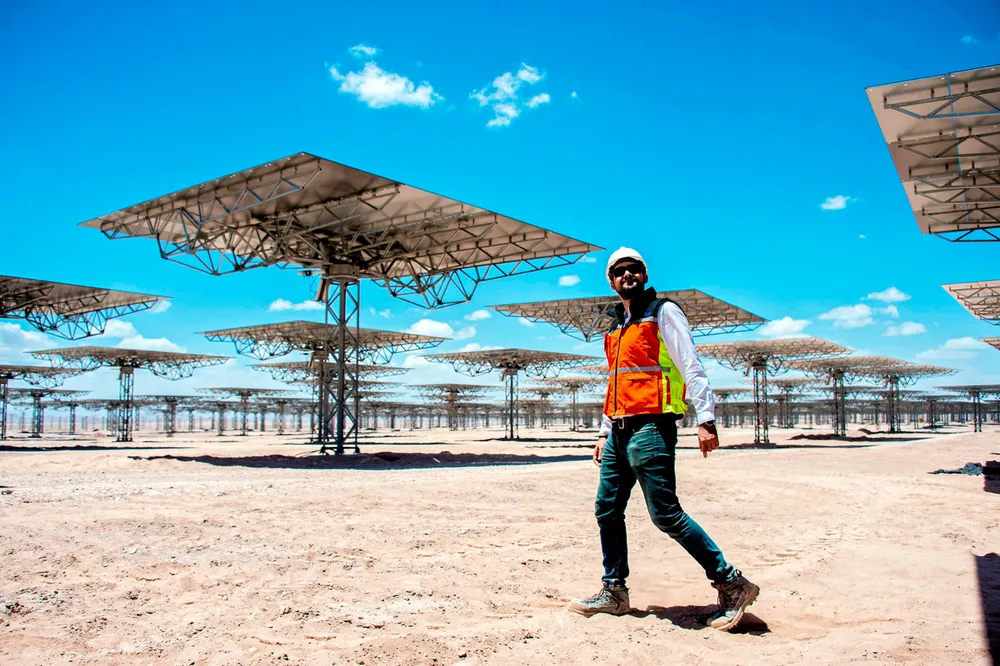EIG sees ‘green hubs’ emerging in future of global energy systems
US private equity giant eyes Chile, North Africa Middle East and Western Australia as hubs for future clean energy supply.

US private equity giant eyes Chile, North Africa Middle East and Western Australia as hubs for future clean energy supply.
